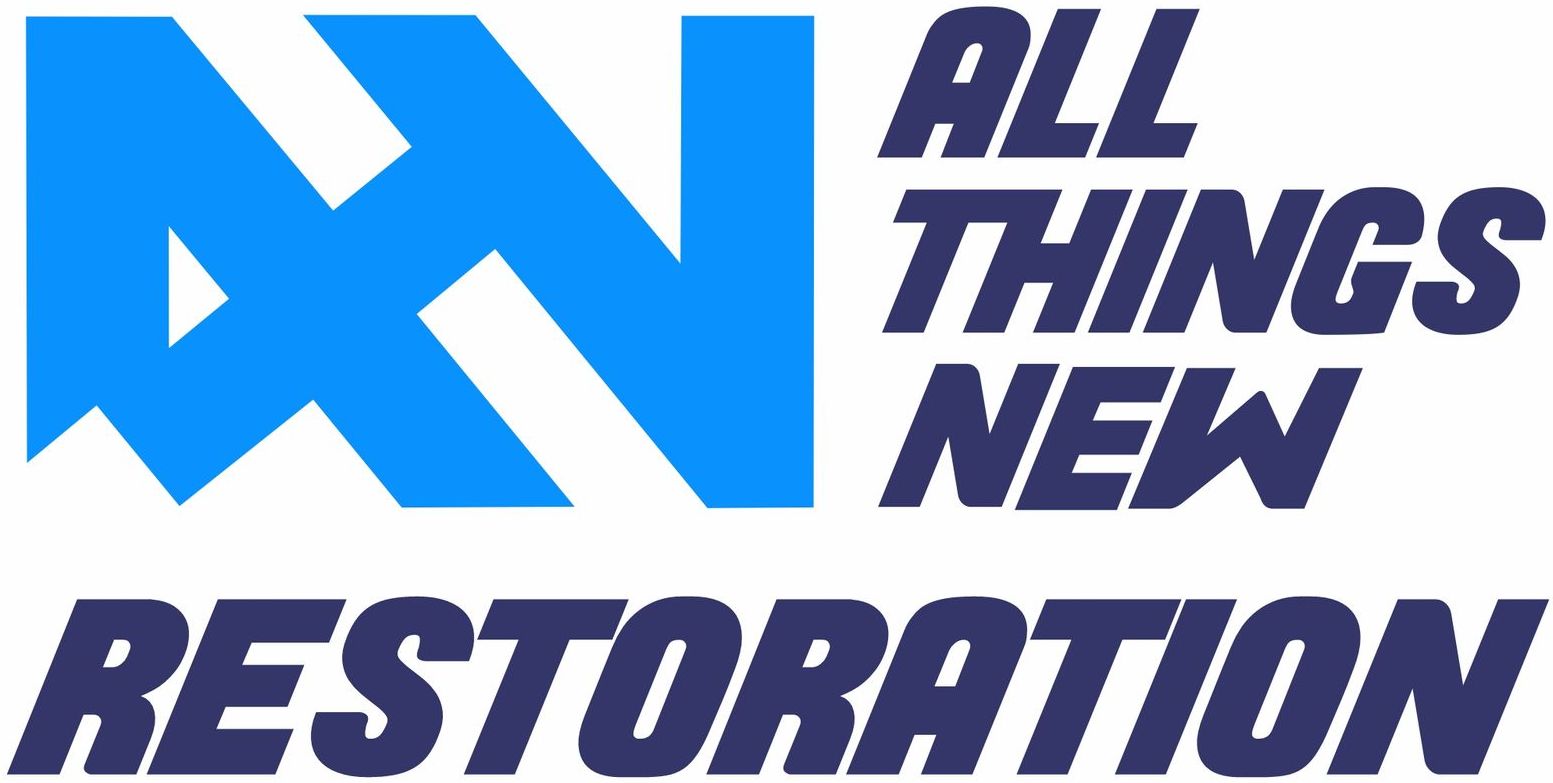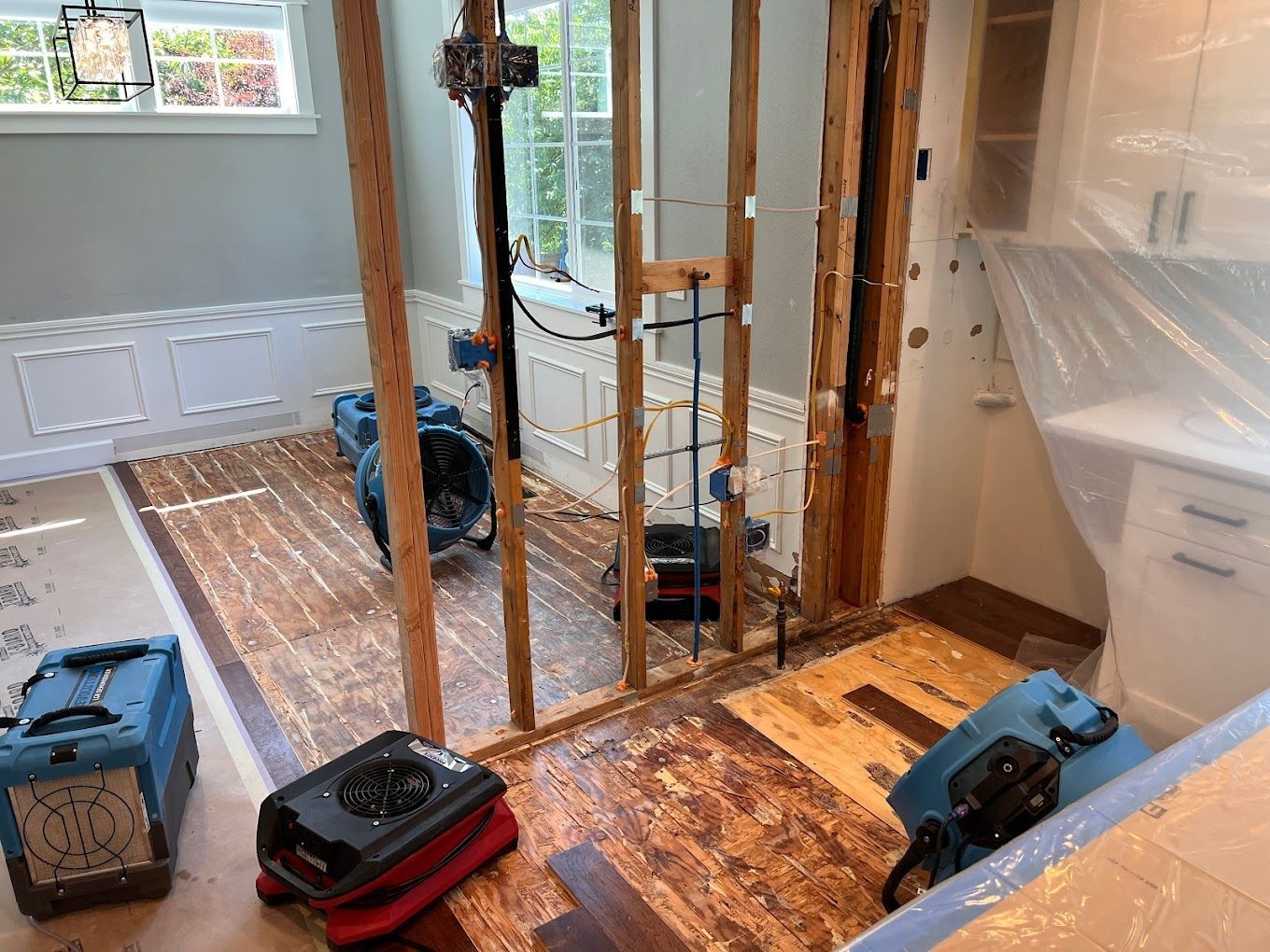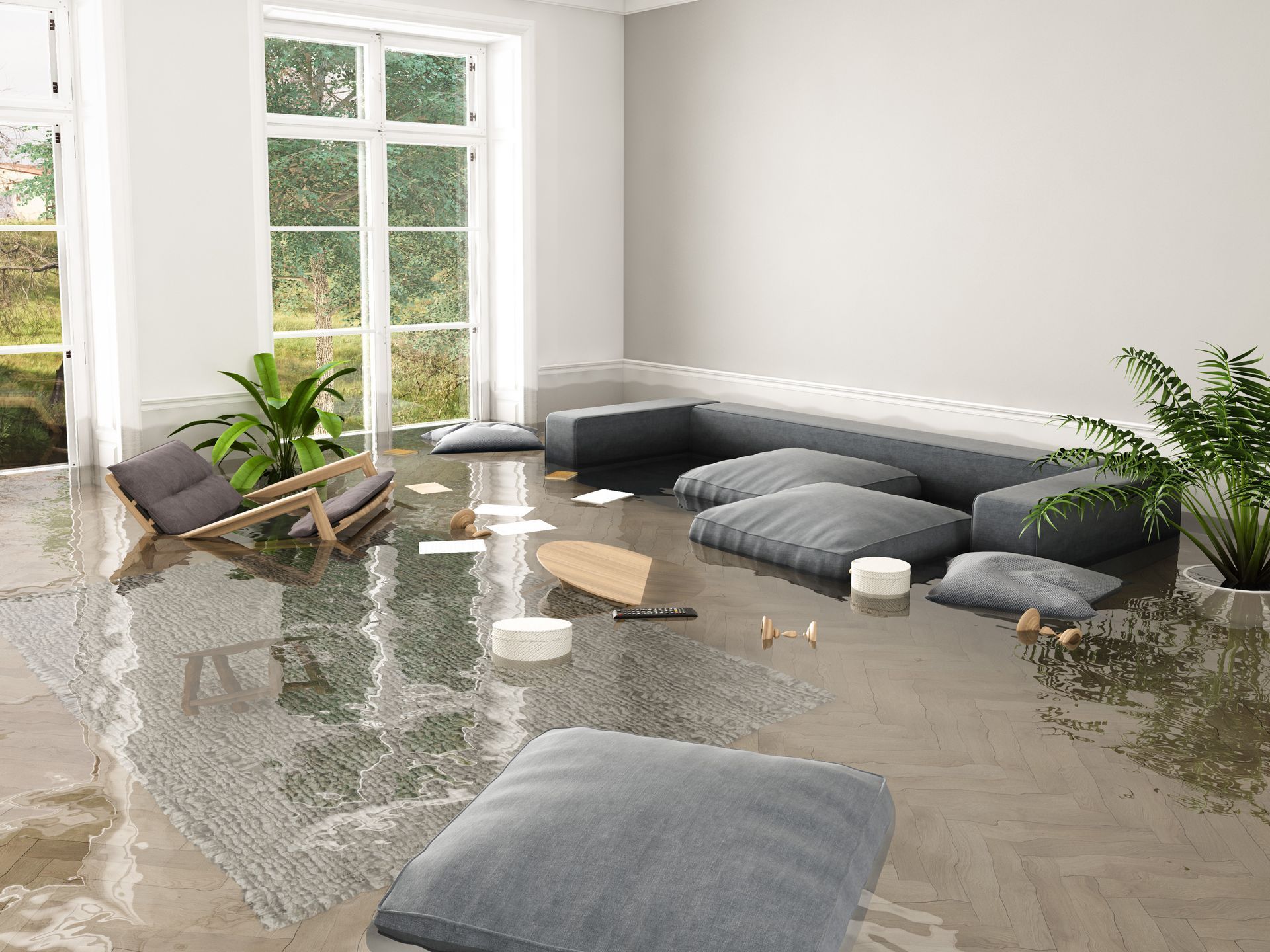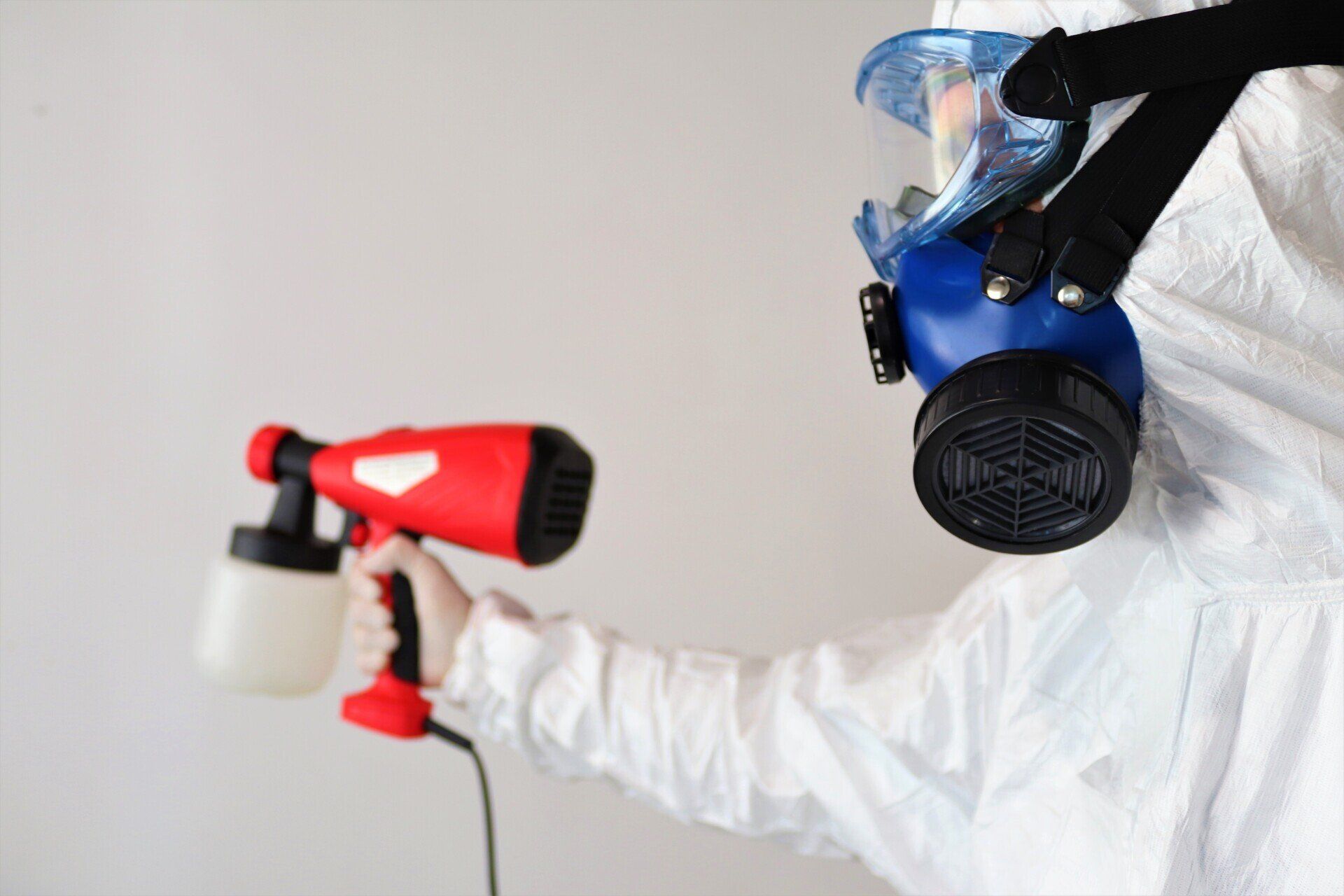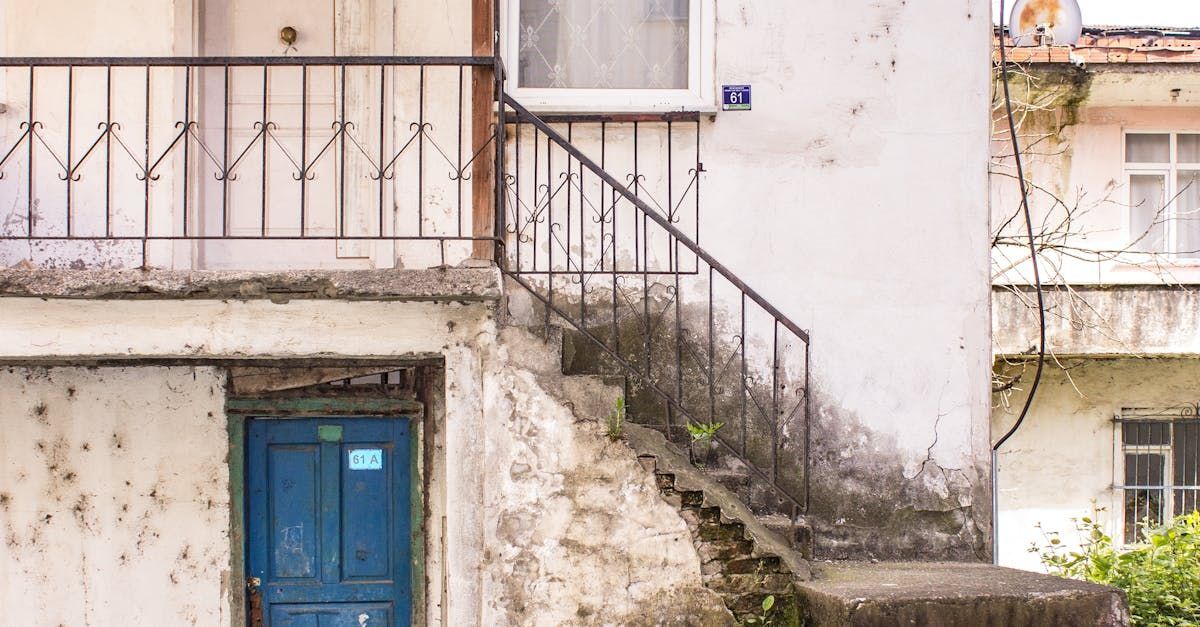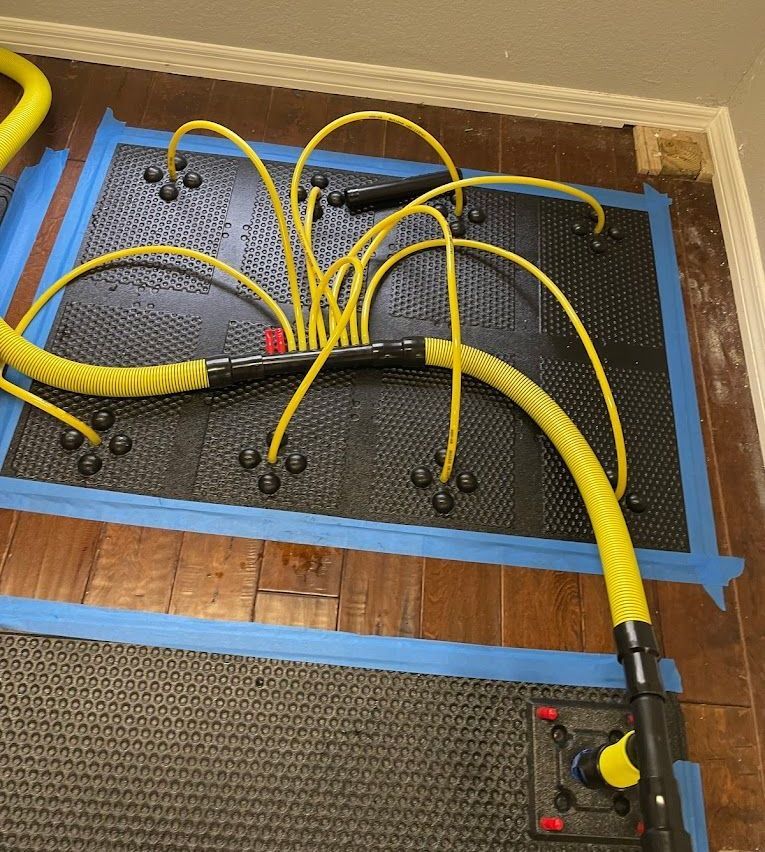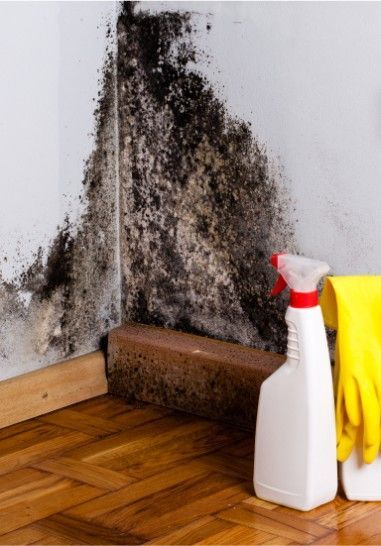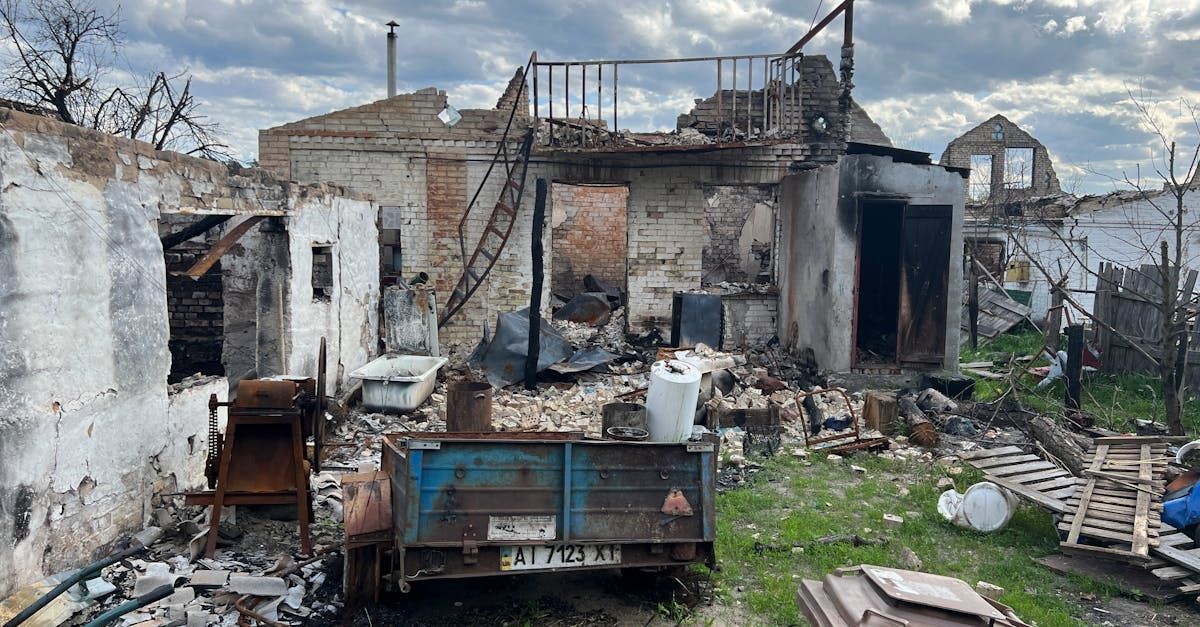Understanding the Water Damage Restoration Process
The Ins and Outs of the Water Damage Restoration Process: A Comprehensive Guide
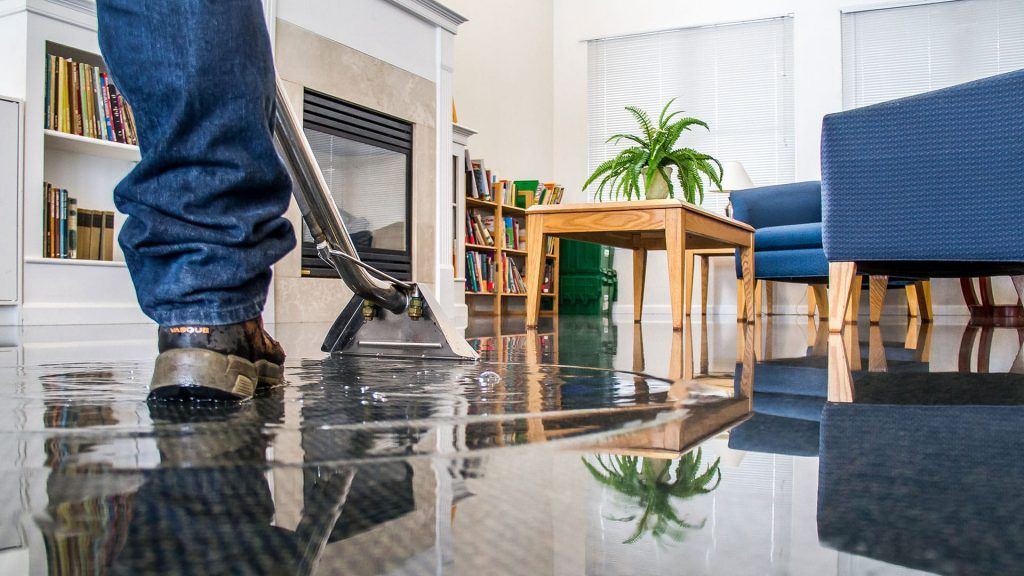
Water damage caused by events like floods, leaks, or burst pipes can swiftly devastate a property. If left unattended, standing water can lead to structural decay and mold growth, posing health risks. Our comprehensive guide will delve into the water damage restoration process, detailing steps such as
water extraction,
damage mitigation, and cleanup. We'll further explore the flood damage restoration process, outlining our strategic approach to remediation.
Assessment and Inspection
The initiation of the water damage restoration process begins with an essential first step: a comprehensive assessment and inspection. This process is critical as it identifies the extent of the damage and traces the potential water sources that led to the damage. Professionals leverage advanced tools like moisture meters and thermal imaging cameras to accurately assess the severity of the water damage. Moisture meters allow them to detect and quantify the amount of moisture in materials, while thermal imaging cameras visualize temperature differences, helping to identify damp areas that might not be visible to the naked eye.
During the inspection, various types of damage may surface, including structural damage and mold growth. Structural damage may include weakened walls, ceilings, or floors, which pose a significant safety risk. Mold growth, on the other hand, is a common aftermath of water damage, and its presence signifies prolonged exposure to moisture. Mold not only damages property but can also lead to serious health issues, particularly in individuals with respiratory conditions or weakened immune systems.
An accurate assessment carries immense importance as it enables professionals to devise the most effective strategy for the restoration process. Depending on the extent and type of damage, different restoration methods may be employed. For instance, minor damage may require simple drying and
dehumidification, while severe mold growth might necessitate extensive
mold remediation procedures. Thus, the initial assessment and inspection are not just about identifying the problem but also about paving the way for informed, strategic action to restore the affected property effectively.
Water Extraction
After assessment, the next crucial step in the water damage restoration process is water extraction. This involves the removal of standing water from your home or business, and it is a task that needs to be undertaken promptly to mitigate further damage and prevent mold growth.
Professional restoration services make use of high-powered pumps and specialized vacuums designed to remove large amounts of water efficiently. This equipment is far more effective than consumer-grade tools, ensuring every last bit of water is removed from your property.
The importance of swift water extraction cannot be overstated. The longer water sits, the more opportunity it has to seep into your property's structure, causing further damage and potentially leading to mold growth. Mold can develop within 24 to 48 hours of water exposure, so time is of the essence in water damage cleanup.
For homeowners, it's crucial to note that while professionals handle the majority of the water extraction, there are a few things you can do to assist the process and ensure your safety. First, if it's safe to do so, turn off the electricity to prevent electrical hazards from standing water. Next, avoid any contact with the water. Depending on the water source, it could be contaminated with harmful bacteria or chemicals. It's best to leave the water damage remediation process to the professionals who have the right protective equipment and training to handle the situation effectively.
Drying
After water extraction, the next pivotal step in the water damage restoration process is drying. It is an essential aspect of water damage mitigation to safeguard your property from further damage and prevent mold growth. Even when standing water is extracted, moisture often lingers in the building materials like wood, drywall, and carpeting. If not addressed promptly, this residual moisture can lead to mold proliferation and structural damage, thereby escalating the restoration costs.
Professional restorers employ specialized equipment to expedite the drying process. They use high-speed air movers, which create airflow across walls, carpets, pads, and furniture, accelerating the evaporation of moisture. In conjunction with air movers, dehumidifiers are used to remove the excess moisture from the air, thereby preventing secondary water damage such as swelling and warping of floors, walls, and furniture.
As a homeowner, you can also contribute to the drying process. Open all the windows to enhance ventilation and speed up the evaporation process. Additionally, fans can be strategically placed to circulate air around the room. However, these measures should only be taken if they do not increase indoor humidity levels, such as on a rainy day.
It is crucial to remember that the drying process might take several days or even weeks, depending on the extent of water damage and the size of the affected area. Patience and consistency are key to ensuring the area is completely dry, thus safeguarding your property from potential long-term damage. Overall, the drying process is an indispensable part of the water damage remediation process, ensuring your property regains its pre-damage condition.
Cleaning and Sanitizing
Cleaning and sanitizing is an integral step in the flood damage restoration process. After drying the area, it's imperative to thoroughly clean and sanitize the affected surfaces to prevent the growth of harmful microorganisms, such as mold, bacteria, or other pathogens. These microbes can lead to serious health repercussions, especially in individuals with allergies or compromised immune systems.
Professional restoration services employ a variety of specialized cleaning agents and techniques tailored to the type of water damage and the nature of the affected materials. These may include antimicrobial treatments or disinfectants. Cleaning can involve wet cleaning for heavier residues, dry cleaning for light residues, spraying and wiping for items that can't withstand wet cleaning, or foam cleaning for upholstery fabrics that might shrink or bleed if wet cleaned. The process also includes removing and disposing of damaged materials that cannot be restored.
A crucial aspect of the cleaning and sanitizing stage is preventing cross-contamination to unaffected areas of the building. Professionals achieve this by establishing containment areas and negative air pressure zones, which prevent mold spores or other contaminants from spreading. Protective measures such as wearing personal protective equipment (PPE) are also taken to ensure the safety of the cleanup crew and the building's inhabitants.
Lastly, the process of cleaning and sanitizing extends beyond the physical property. Affected items like furniture, clothing, and personal items are meticulously cleaned using specialized equipment, ensuring every item is safe to use.
Cleaning and sanitizing is an essential step in the water damage remediation process. It helps mitigate the health risks associated with water damage and ensures a safe and healthy environment for occupants post-restoration.
Restoration and Repairs
The final yet most critical phase in the water damage restoration process is restoration and repairs. This stage involves restoring your property to its pre-damage condition, which includes replacing damaged materials, refinishing surfaces, and repainting. This process can be as minimal as replacing a few drywall panels or as extensive as rebuilding entire rooms.
Professionals are instrumental in this process. They bring their expertise in structural repair, construction, and finishing to ensure the restoration meets the highest safety and quality standards. Professional restoration teams work hand-in-hand with homeowners in making critical decisions, such as choosing the right materials, colors, and finishes that are not only aesthetically pleasing but also resilient against possible future water damage incidents.
When selecting a restoration company, there are a few key factors to consider. Look for a company with extensive experience in flood damage restoration, a strong track record of customer satisfaction, and a team of certified professionals who adhere to the latest industry standards for the water damage remediation process. You may also want to check if they provide a comprehensive service that covers the entire water damage restoration process - from water extraction and drying to cleaning and sanitizing, and finally, restoration and repairs. Testimonials and reviews from past clients can give you a glimpse of their reliability and quality of work.
Remember, quick, professional intervention is vital in the water damage cleanup process. A reputable and reliable restoration company not only helps mitigate the immediate effects of water damage but also prevents long-term structural issues and health risks. Their expertise and guidance ensure the restoration process is smooth, effective, and safe, bringing your property back to its optimal condition and providing peace of mind in the face of a challenging situation.
Communication and Documentation
Communication and documentation form a vital part of the water damage restoration process. Clear, consistent communication ensures that homeowners are kept informed and involved every step of the way, from the initial water extraction to the final touches of the restoration and repairs. This open dialogue helps to build a relationship of trust and mutual understanding, which is essential in what can often be a stressful time for homeowners.
Restoration professionals typically provide regular updates on the progress of the work, explain the processes involved, and address any concerns or questions that may arise. This might involve discussions about the extent of the damage, the projected timeline for the repairs, and any decisions that need to be made regarding the choice of materials or finishes.
Alongside verbal communication, documentation plays a crucial role in the water damage remediation process. Comprehensive records of the damage and the restoration work carried out provide a transparent trail of evidence, which can be beneficial for insurance purposes or if disputes arise. This documentation might include photographs of the damage, reports detailing the steps taken during the restoration, and receipts for any materials purchased.
In some cases, professionals might also use advanced digital tools for documentation, such as 3D mapping technology, to capture detailed before-and-after images of the property. These comprehensive records not only provide homeowners with a solid understanding of the work carried out but also serve as a valuable reference for any future restoration needs.
In essence, communication and documentation are essential tools in the water damage restoration process, ensuring transparency, trust, and customer satisfaction. They enable professionals to clearly convey the extent of the water damage cleanup, the actions taken, and the final results of the restoration efforts.
Water Damage Restoration With All Things New Restoration
At
All Things New Restoration, we provide a thorough
water damage restoration service, from initial water extraction to final restoration and repairs. We prioritize clear communication, meticulous documentation, and professional execution of the water damage remediation process. In the face of
flood damage, standing water, and the need for water damage cleanup, trust us to restore your property to optimal conditions. Reach out to us right now for your water damage restoration needs.
